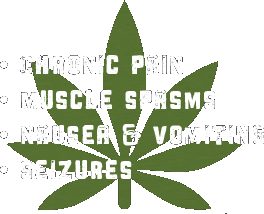Medical marijuana legalization continues to spread to more states for an increasing number of medical conditions. Because this controversial therapy has as many supporters as detractors, deciphering what’s fact and what’s fiction can be difficult.
There is insufficient evidence for the clinical benefits of marijuana
Despite federal schedule I status that claims marijuana has no medical use, several comprehensive reviews of medical literature found substantial evidence that marijuana can help treat: 1-2

STATE-TO-STATE, QUALIFYING CONDITIONS MAY INCLUDE:

Unlike opioids, marijuana does not present significant risk to injured workers
While marijuana does not share certain adverse effects with opioids such as high rates of addiction and overdose-related death, it does present some risks that are important to consider in the context of workplace injury:

Workers’ comp benefits won’t have to cover marijuana because it’s federally illegal
The federal government currently defers to state governments in regard to marijuana regulation, which has led to a great diversity in policy across the country.
While new legislation and court appeals continue to evolve these policies, some states have required insurers to reimburse medical marijuana when clinically necessary, including:


Because there are no established clinical guidelines regarding the use of medical marijuana, the driving force behind marijuana utilization is still state-driven legislation. It is therefore important to understand the diverse stipulations surrounding: